#81 Feed meeting: On your marks, get set… go
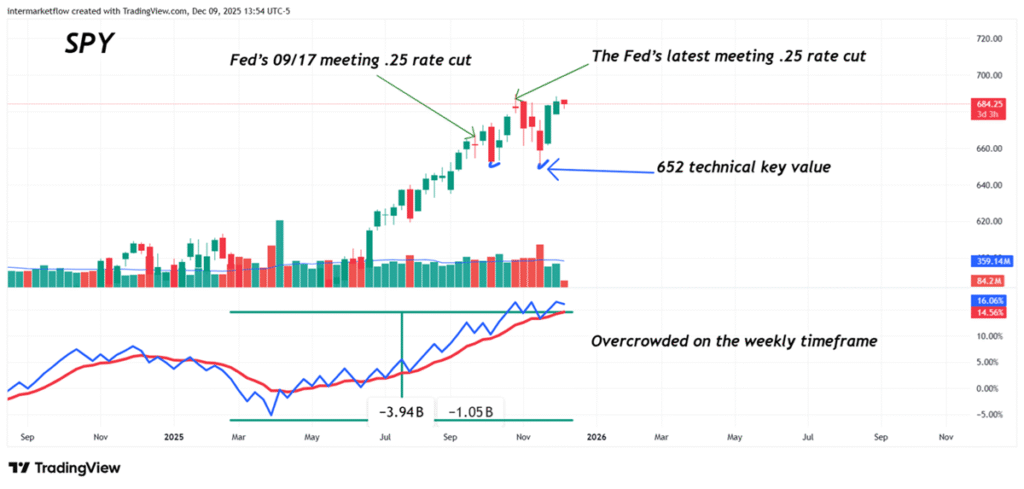
The Fed meeting is acting as the catalyst. Here, I read the messages the S&P 500 is sending across different timeframes. Too clear not to hear.
#80 End of QT ≠ QE.
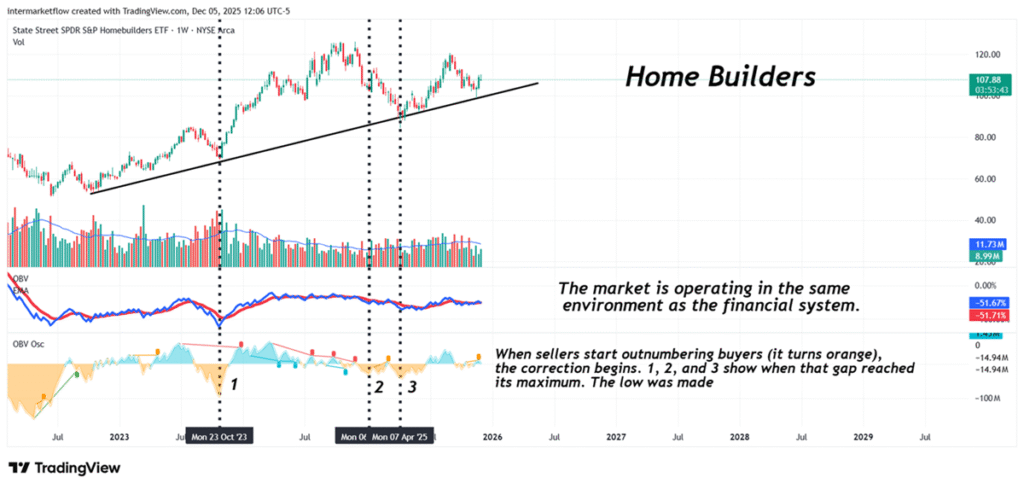
We analyze the end of QT and the rate cut scheduled for next December 10. Which mechanisms must reactivate for it to transmit into the real economy, and the scenarios ahead. Why we believe we could see a “buy the rumor, sell the news” into Wednesday, and the three stages of a correction scenario.
#6 QT, Liquidity and capital flows around the world
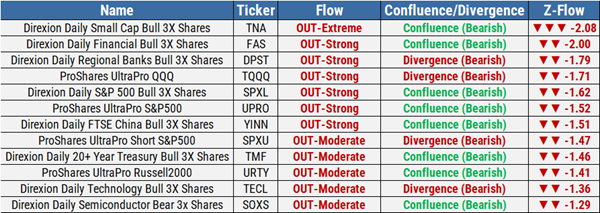
We analyze QT from different time perspectives. We dive into the concept of liquidity as applied to different sectors. What it can solve and what it cannot. A complete intermarket capital flow tracking, sub-categorized to refine the analysis. We look at the weekly positions of risk takers.
#77 The Macro Split: Why Recession and Stagflation Trade Nothing Alike
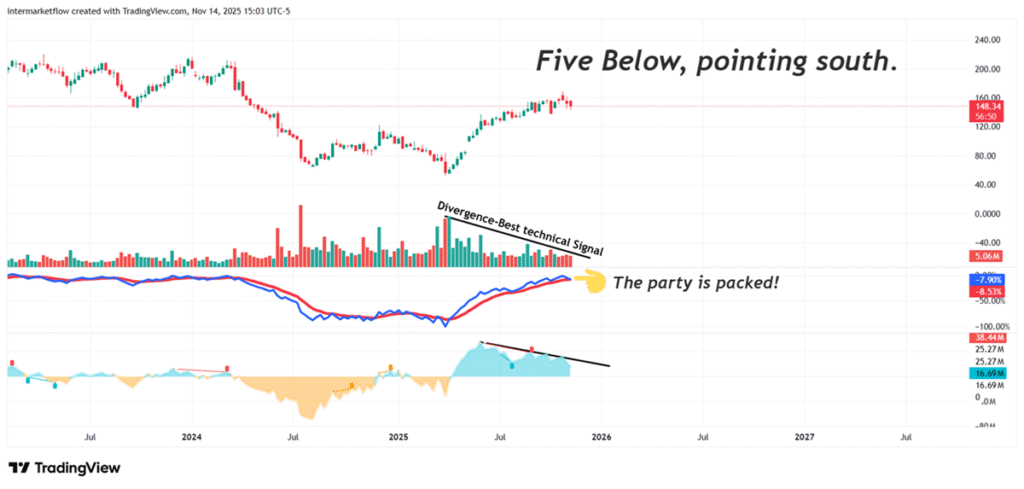
Recession and Stagflation require distinct trading methods. The recession methodology is clear; however, Stagflation is far more confusing. Here are our options for trading both stages.
#76 MBS-The Hidden Circuit Behind the Housing Market — and Burry’s Technical Beauty
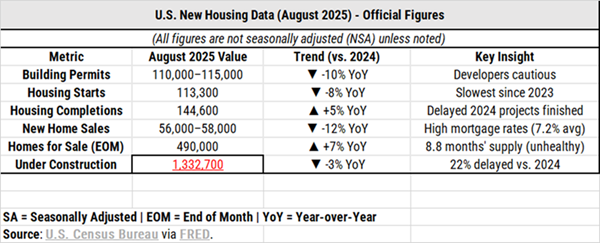
MBS, or mortgage-backed securities, are the currency banks use to access the Fed’s liquidity window. The Fed takes them at par, automatically providing liquidity while simultaneously boosting the construction market through the creation of new loans.
#75 SOFR rate spikes — normal plumbing or something more?
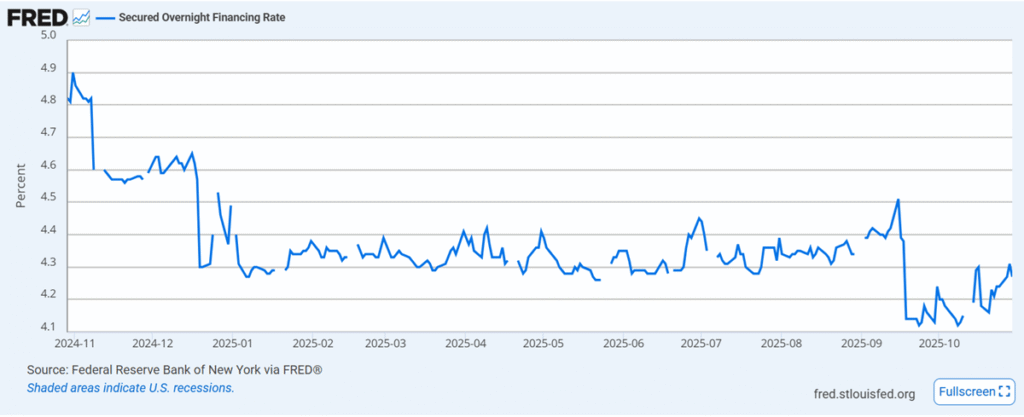
SOFR rate spikes are always a warning that something’s happening in the monetary plumbing. Here we explain what it is. When to worry — and when not to.
#73 The Real Economy and the Markets
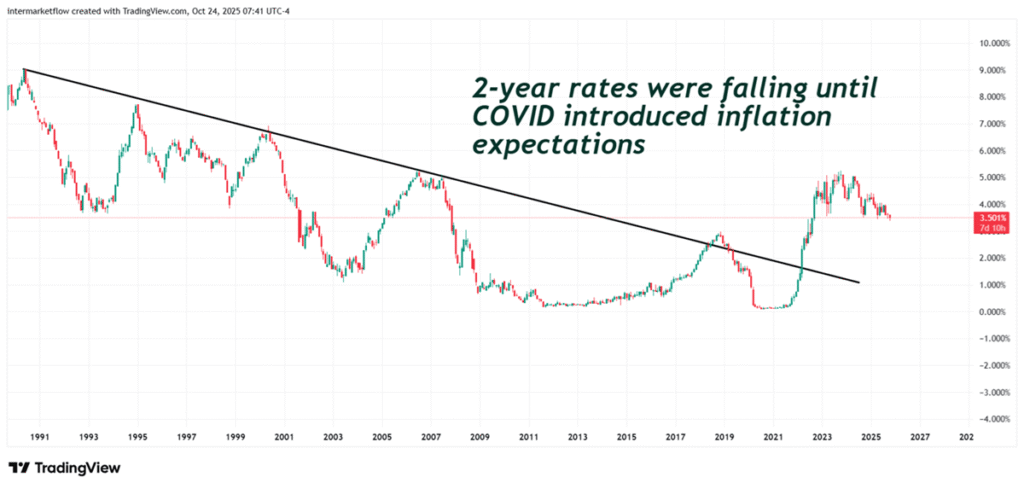
The flip side of the fiscal deficit is a constant injection of liquidity into the system. It’s the fiscal leg of monetary policy—and it depends on the administration in charge.
#71 Dot-com and G.F.C: similarities and differences with the current situation
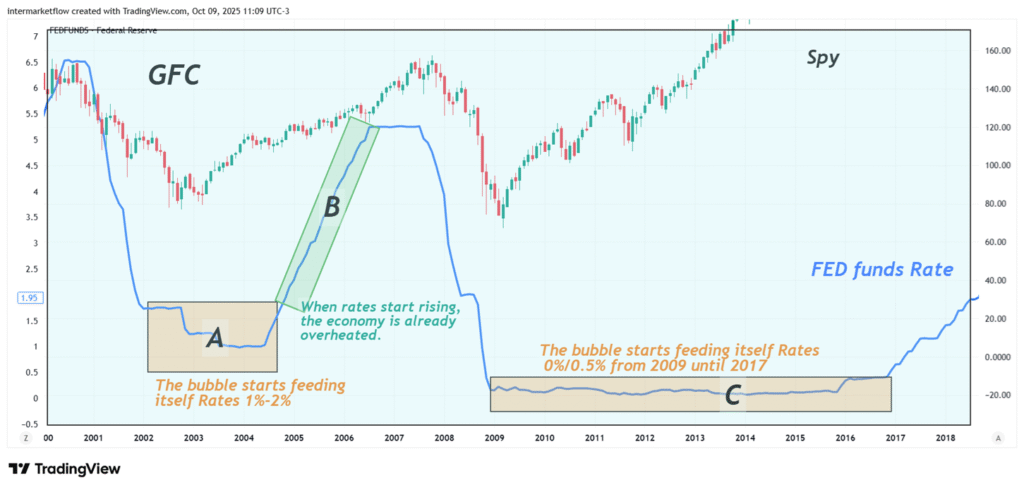
The current situation: Similarities and differences with the GFC and the Dot-Com crisis.
#70 The Residential Market
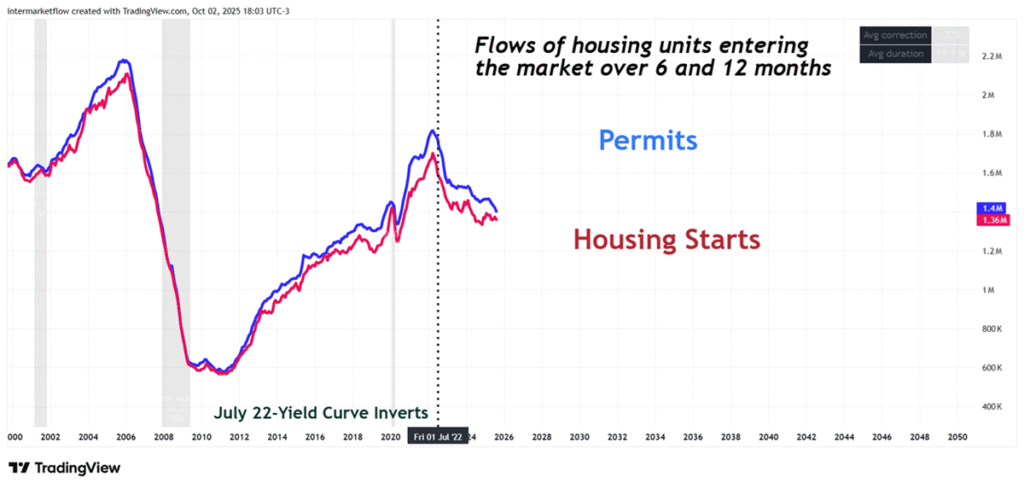
We seek to understand the relationship between the new and the existing home market—the different flows and inventories that shape both. We analyze how imbalances in one market affect the other.
#68 Spot federal rate spread vs. PCE inflation rate
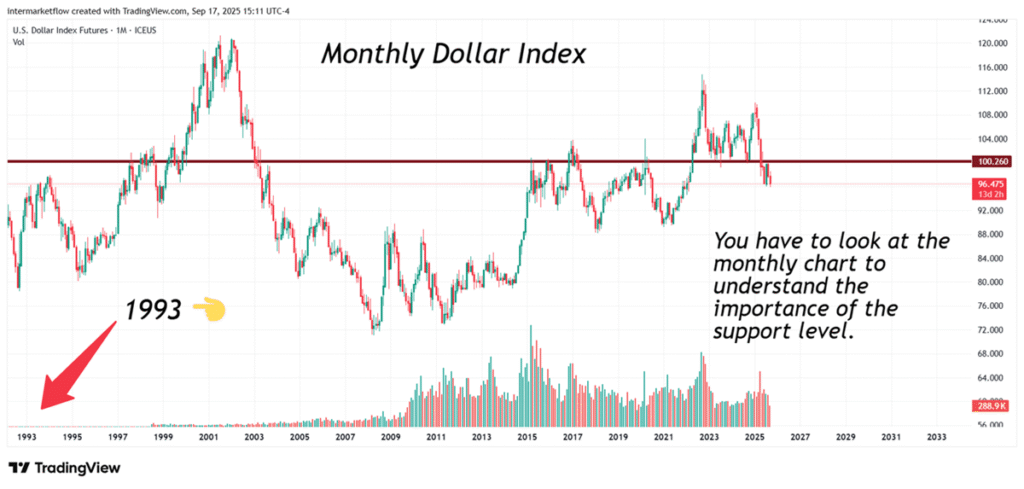
We analyzed the intermarket capital flows that took place in the week of September 17, following the rate cut. We looked at the effects they generated, where they occurred, and with what volume. We searched and found where the volume moved that week.